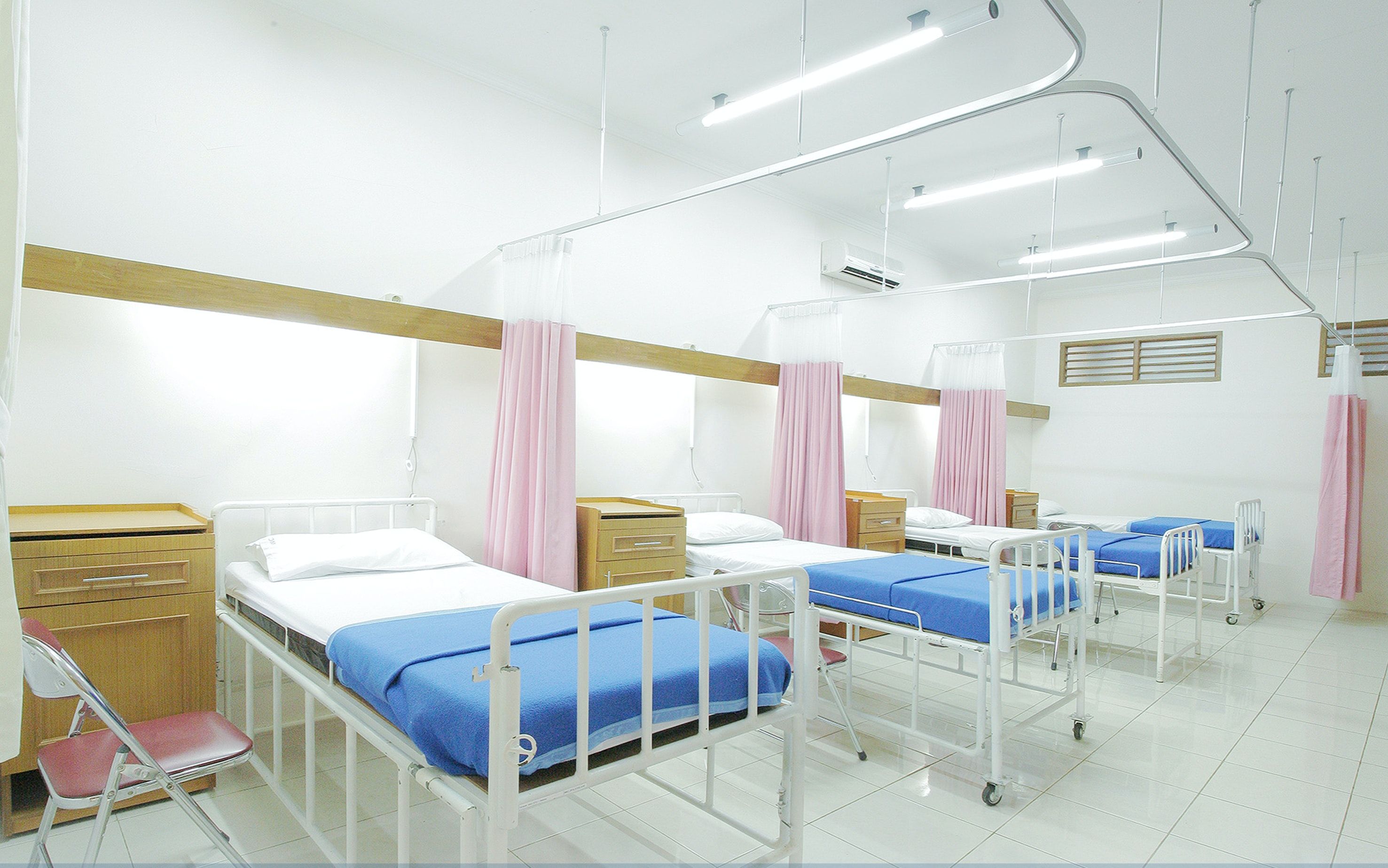Article
The C Difficile Risk of Antibiotic Prophylaxis Pre-Engraftment
Author(s):
Only 5 patients treated with antibiotic prophylaxis developed bacteremia.

Prophylactic antibiotics in pre-engraftment periods are used to minimize the risk of bacteremia. However, many believe this is misguided given the concerns over antibiotic resistance, disrupting gut microbiota, and Clostridioides difficile infections (CDI).
In data presented during the 47th Annual Meeting of the European Society for Blood and Marrow Transplantation, a team, led by Trad Alrugaib, King Abdullah Specialist Children Hospital, examined these rates in patients who received hematopoietic stem-cell transplantation (HSCT).
In the study, the researchers retrospectively reviewed the rate and characteristics of bacteremia and CDI within the first 100 days following hematopoietic stem-cell transplantation in pediatric patients who received prophylactic antibiotics between 2015-2018. There was a total of 135 transplants—100 allogeneic and 35 autologous—performed in 123 patients.
The median age at time of transplant was 7.1 years old and more than half (55%; n = 67) of the patients were female. The diagnosis was a malignant condition in 68 of the patients.
The researchers excluded patients on active anti-microbial treatment prior to transplantation and patients with primary immunodeficiency.
Institutional Guidelines
The institutional guidelines called for the initiation of single prophylactic anti-bacterial medication when the absolute neutrophil count was below 1000/µl and until neutrophil engraftment.
The investigators defined C difficile infections by the presence of at least 3 unformed stools in 24-hours and positive stool tests for C difficile or C difficile toxins.
Antibiotics
The median time to neutrophil engraftment was 18 days and piperacillin-tazobactam prophylaxis was used initially in 21% (n = 28) patients who then switched to cefepime for 78% (n = 105) of patients based on the institutional antibiogram.
There were only 5 (3%) patients who had bacteremia during the pre-engraftment period while receiving antibiotic prophylaxis. An additional 13 (11%) patients developed bacteremia following engraftment.
Only 1 patient pre-engraftment suffered from septic shock, likely due to gram negative bacteria.
All patients who developed bacteremia received myeloablative conditioning and 10% (n = 13) of the patients developed diarrhea and fulfilled C difficile definition.
There was no difference in the rate of C difficile with the use of piperacillin-tazobactam compared to cefepime.
Finally, there was no mortality related to bacterial infections in the study.
“The use of antibiotic prophylaxis was associated with low rate of bacteremia (3%) in the pre-engraftment period and a 10% risk of C.diff infections,” the authors wrote. “Randomized control trial is needed to better evaluate the efficacy of antibiotic prophylaxis.”
Action Plan
In recent years there has been a push to reduce the use of antibiotics in order to drive down rates of C difficile infections.
With antimicrobial resistance problems currently seen in Japan, the country has set goals of reducing the use of oral cephalosporins, quinolones, and macrolides per day per 1000 inhabitants in 2020 by 50% from the levels found in 2013.
The Japanese government created a national plan in 2016 after finding that approximately 90% of antimicrobials consumed in Japan are oral medications, which are prescribed to patients over an extensive age range.
The study, “Antibiotic Prophylaxis And The Rate of Bacteremia And Clostridium Difficile Infection in Pediatric Stem Cell Transplantation: A Single Center Retrospective Study,” was published online by Bone Marrow Transplantation.





